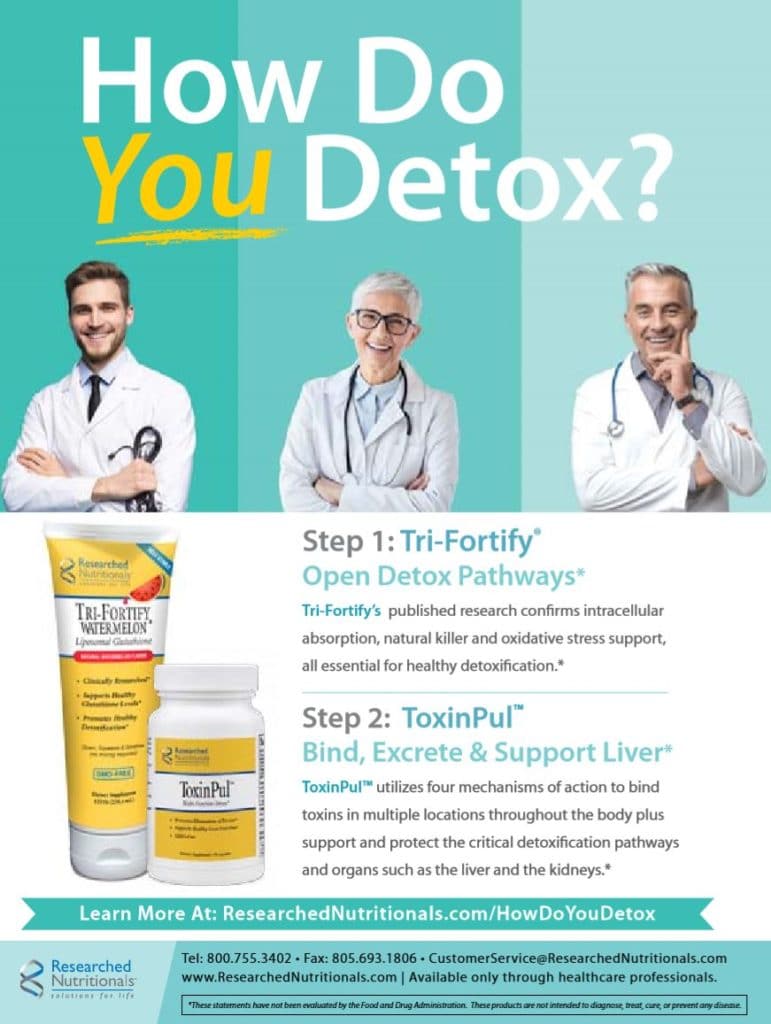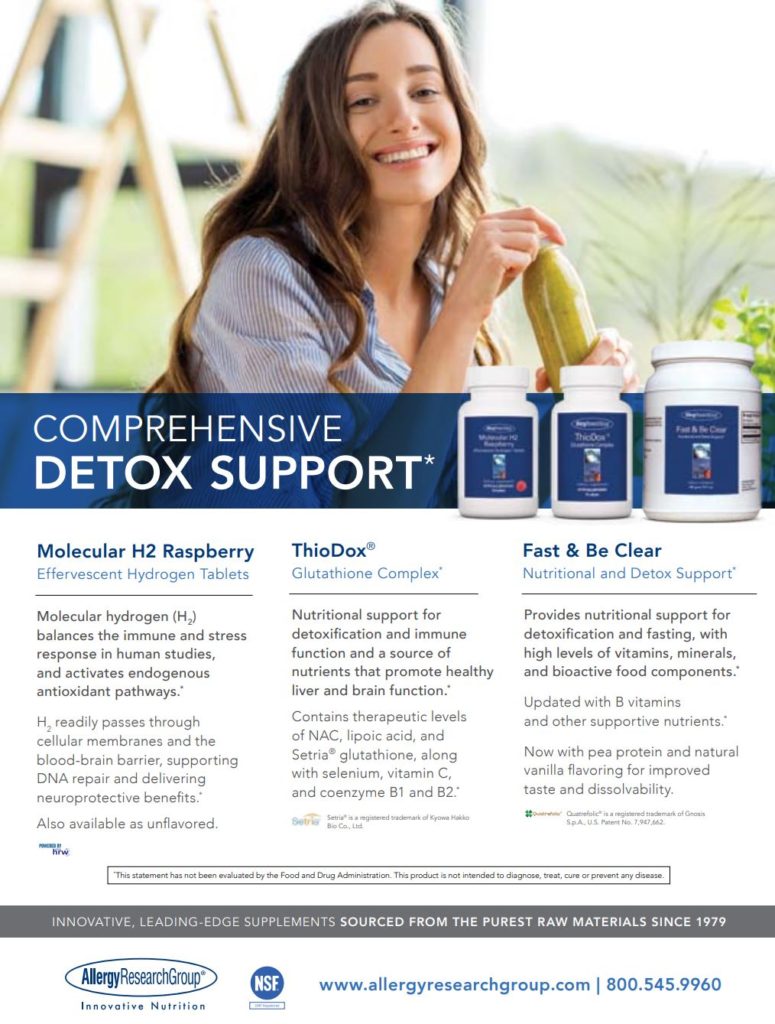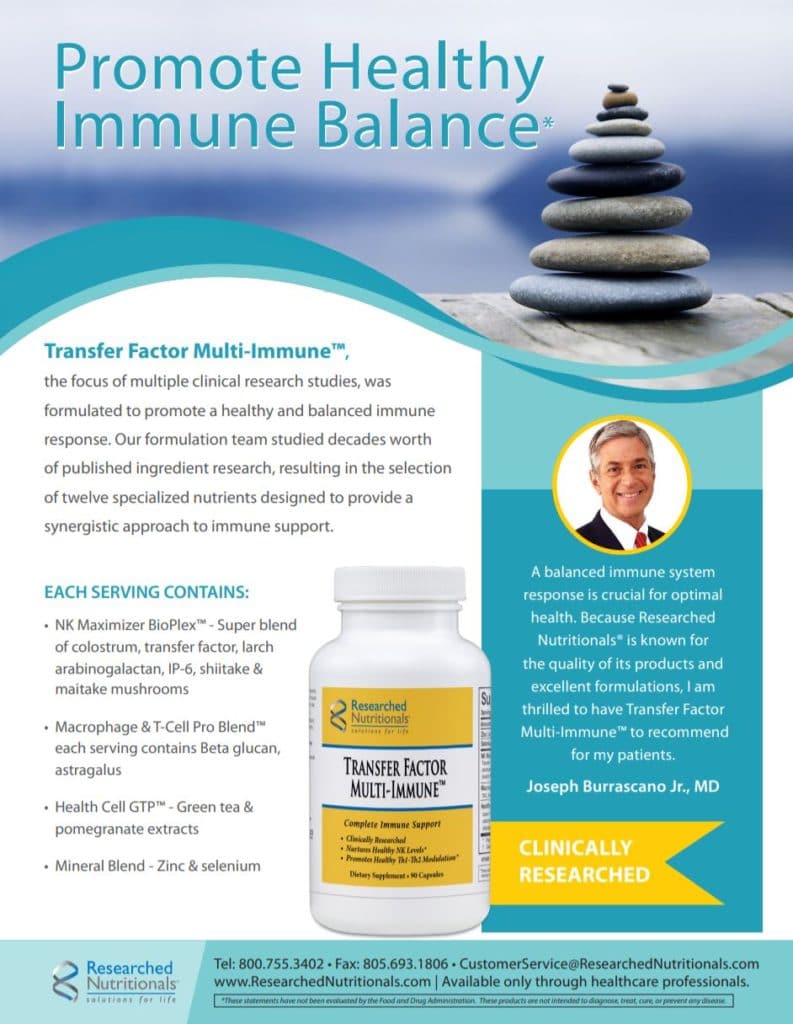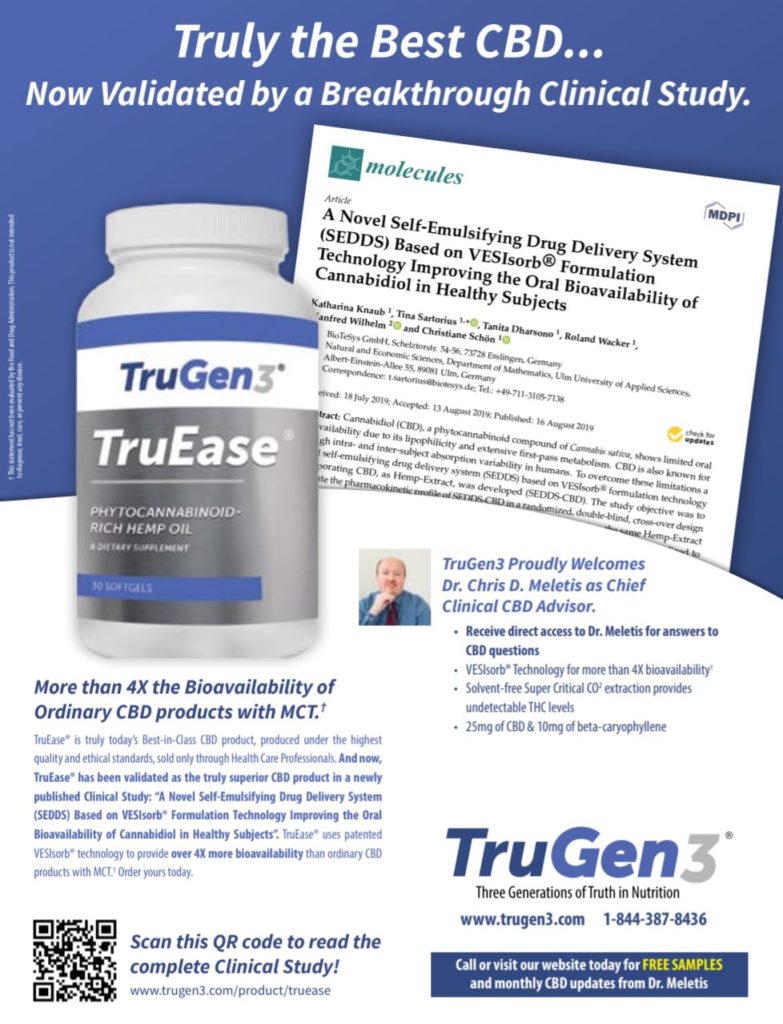
The Fragile State of COVID-19 Science
As this is being written a third surge of COVID-19 is developing in the US and Western Europe. Curiously, the pandemic is almost non-existent through most of Asia (except India) and Africa. Despite compliance with social distancing, masking, quarantine, and hand hygiene here and internationally, only in China and Southeast Asia has COVID-19 quiescence facilitated a return to normalcy. The uptick of hospitalizations in the central and mountain states is particularly worrisome given the approaching flu season expected to last for months. As the incidence of the Coronavirus leads to even greater numbers of cases, more lockdowns will be ordered threatening business survival and in-person education. The hope for a vaccine still appears months away—in other words, the public is expected to prevent the virus solely by social isolation and masking. There is no public health advocacy for the use of supplementation with vitamin D or C or any other nutrient or herbal. While hospital treatment has centered on drug therapies, including remdesivir and dexamethasone as well monoclonal antibodies, intravenous ascorbic acid remains largely unused.
The saga of the drug hydroxychloroquine in the treatment of COVID-19 during the past year demonstrates the fallibility of medical science. In May the New England Journal of Medicine and Lancet independently published reports based on the hospital records of nearly 100,000 patients treated with hydroxychloroquine for their COVID illness. Because these papers conclusively found that hydroxychloroquine offered no benefit for COVID-19, the World Health Organization cancelled all other studies of the drug. However, it was later revealed that a small company, Surgisphere, headed by one physician was responsible for pooling the data of nearly 700 hospitals in the midst of worldwide pandemic lockdowns. When Surgisphere was asked to produce the raw data from the hospitals, it was unable to do so. NEJM and Lancet promptly retracted the studies, but how did this fiasco pass through the peer reviewers? Even though hydroxychloroquine has not proven to be an effective drug in managing COVID-19, the shenanigans of a few rogue characters and the cluelessness of medical peer reviewers bodes poorly for COVID science.
The genomic structure of SARS-CoV-2 has created ongoing controversy. Originally in January 2020 a bat virus genetic sequence, RaTG13, was reported to be the genome of the virus causing illness in Wuhan patients. However, the viral genome identified as causing COVID-19, SARS-CoV-2, also sequenced in January was distinctly different from RaTG13. The latter’s genetic sequencing is a match for as much as 95% of the former’s genome. But 95% match is not a match. The human genome is a 99% match for the chimpanzee’s—obviously that 1% mismatch makes humans different from chimpanzees. What would we expect from a 5-10% difference in viral gene sequences? Entirely differently behaving viruses. More bizarre yet, a researcher at the Hong Kong School of Public Health, Dr. Li-Meng Yan, is convinced that the virus was manufactured in a laboratory.1 The technology for manipulating a genomic sequence to create a manufactured virus would indeed be the work of a 21st century Frankenstein and CRISPR disc-jockey combined; simple genetic engineering would result in numerous errors thoroughly disrupting viral replication. Still Dr. Li-Meng makes the case that genetic engineering is a possibility. More likely it is a recombination of viral RNA occurring zoonotically in nature giving rise to SARS-CoV-2.
Despite the repeated insistence by public health authorities that the incidence of COVID-19 cases will be dramatically reduced by the public’s fastidious wearing of masks, there have been no published randomized controlled trials (RCT) demonstrating its effectiveness. None of the papers touting the value of wearing a mask in preventing infection meet the standards of a controlled trial. Without an RCT one cannot assert that “science” is determining public health policy. Instead, wearing a mask is, at best, a hypothesis that appears to be sound but remains unproven. Of note, a RCT of the effectiveness of wearing a mask in preventing COVID-19 was completed in Denmark in 2020.2 However, the paper’s lead author, Christian Torp-Pedersen at the North Sealand Hospital, stated to the Danish media that the Lancet, NEJM, and JAMA all rejected the paper for publication. Torp-Pedersen refused to disclose the outcome of the study until it was accepted for publication. On November 18th, the Danish RCT mask study was published in the Annals of Internal Medicine.3 The conclusion was that wearing masks did not significantly reduce the infection rate of COVID-19, but there was slight reduction in infection in the mask wearers compared to non-mask wearers.
The US expended considerable energy in locking down businesses during the pandemic obliging workers to work from home—good for IT workers and professionals, not so good for entertainment, travel, tourist, and hospitality workers. Meanwhile, Sweden opted not to shut itself down effectively letting life go on much as normal through the pandemic. While Sweden’s case rate was higher than other European nations early in the pandemic, it has been better than other European nations and the US currently. Public health authorities in Sweden and the US embraced the same “science” in deciding how to approach the pandemic; however, if pandemic science were sound, Sweden should have experienced a much worse outcome than it had. Still, China’s no-nonsense, absolute isolation and quarantine policies achieved far better results compared to Sweden and the US. Science appears unable to explain these geographic differences.
Perhaps the most fragile science of all is the testing for COVID-19. The rt-PCR test amplifies a segment of the viral genome of the SARS-CoV-2 virus. The test is touted to be highly specific–capable of distinguishing infection with other coronaviruses including a virus that causes the common cold. But that specificity has come into question. If a non-COVID-19 coronavirus has a partial sequence that matches SARS-CoV-2, the test amplifies the matching sequences resulting in a positive test. As much as authorities would like to claim otherwise, specificity is not 100%–at best it is 95%. Much more important is that a positive PCR test does not prove viral load and infection—how many well individuals without COVID-19 infection have had a positive test? Of course, many individuals are sick and do have a valid case of COVID-19, and not a few of these individuals become desperately ill requiring intensive care hospitalization. However, public health authorities treat every positive test as a COVID-19 case, an infection. There are no confirmatory tests to demonstrate infectivity. This has led to a wit calling the pandemic not a COVID-19 pandemic but a COVID-19 test pandemic.
Recently I was confronted with a situation involving a staff member who had been exposed through a chain of contacts to an individual with a positive COVID-19 PCR test. The individual who had tested positive was not ill. The following day the individual who had tested positive underwent repeat testing. The second test was negative. If rt-PCR testing has high specificity and sensitivity, how could it be positive one day and negative the next? Clinical information reported by the individual who had originally tested positive was that he remained well. My own rule of thumb is that if an abnormal test is repeated and the subsequent test returns normal, the normal test result is assumed to be correct. Admittedly a better approach would be to repeat the test a third time. However, it is very discouraging that there is no test to confirm infectivity. We are obliged to treat a positive PCR test as an actual case of COVID-19. As the above case illustrates this individual did not have COVID-19 illness. However, the positive test will be entered into the state registry and will be counted as one of the now nearly 10 million U.S. cases.
While we await less fragile science that will enable us to prevent and treat COVID-19, we should remember that the disease poses the greatest danger in those patients who have underlying medical conditions. Mary Budinger argues that we can all reduce our risks for developing the coronavirus by giving up our diets of processed high-fat, salty, sugary foods and beverages. Her article available online only on www.townsendletter.com is titled, “COVID – A Wakeup Call for Our Love of Mac and Cheese.” The science examining the effect of poor nutrition and junk food consumption on general health is extensive and sound. It makes sense this winter to take charge of one’s health by cleaning up and regimenting one’s diet.
Deuterium-Depleted Water
Over the years I have been asked to consider different forms of water that have been touted to alter and improve health. Some of the proprietary water formulations were simply added to the water bottle. Somehow the added formula changed the “structure” of the water or the “energetics” of the water. Other products provided the modified water in liter bottles to directly consume. The most highly marketed modified water was alkaline water. The theory here is that alkaline water would increase overall body alkalinity, which was touted to be important for reversing abnormal body chemistry thought to be detrimental to one’s health. Alkaline water has become very popular and is now available for purchase from many commercial sources. While the different water products and modified water preparations appear promising to benefit health, the reasoning justifying their use always seemed difficult to understand and without adequate clinical evidence of effectiveness.
Evaluation of toxicity remains a field that is generally outside the purview of routine lab evaluation and clinical diagnosis. Integrative medicine and naturopathy have focused on increased toxic metal and chemical burdens. Such assessment is not part of mainstream diagnosis but is readily measured with specialized tests. It is not unusual for patients to show increased levels of lead, mercury, and other toxic elements as well as various petrochemical, pesticide, and plasticizer components. The detoxification of toxic metals and chemicals is a key component of integrative and naturopathic protocols.
However, one toxin that has largely gone undetected is the heavy water component, deuterium. Deuterium poses serious health dangers, especially if its consumption exceeds safety thresholds. It has been of considerable concern in military operations that armament containing deuterium pose a major risk for soldiers and civilian populations. Much more concerning, according to Victor Sagalovsky, is the chronic consumption of water containing sub-lethal levels of deuterium. Deuterium accumulation does not pose a risk of major poisoning; instead it shuts down optimal mitochondrial production of ATP. Compromised mitochondrial functioning is a key factor in nearly all pathology. Restoration of mitochondrial functioning may only be accomplished if the water being consumed has been depleted of deuterium—not a process that can be achieved through filtration or distillation.
In this issue Sagalovsky describes the basics of deuterium chemistry and how one can produce water that is deuterium-depleted. The potential health benefit of routine consumption of deuterium-depleted water provides a rationale for its use. Clinical studies are needed to demonstrate its effectiveness in treatment and prevention of disease.
Cover Story: Lab Diagnostics and Dr. David Brady
While medicine makes technological advances daily, it is remarkable how skimpy the annual comprehensive lab exam remains. For most individuals the yearly physical includes a metabolic profile and lipid profile. After age 50 a check for blood in the stool is advised together with a mammogram in women and a PSA in men. Typically, a preventive exam does not even include a CBC or UA. Of course, once an individual is symptomatic, more laboratory and imaging tests are ordered. Missing in the preventive exam are studies of hormones, inflammatory markers, viral and bacterial antibodies, toxic metal and trace element levels, stool microbiome assessment, food allergies, petrochemical and pesticide measurements, as well as organic acid testing. Why in 2020 are these studies not part of the routine annual exam? Of course, the obvious answer is cost. Insurance companies and Medicare are limiting medical diagnostics to the bare bone testing needed for making a diagnosis.
But the “Catch-22” is you are not justified for doing a diagnostic test unless you know the diagnosis and ICD-10 codes, limiting the testing that is permissible. How do you justify a CBC test if you don’t know if the patient has anemia? How do you justify Mycoplasma pneumoniae Ab testing without knowing whether the patient already had a bacterial infection? Right, since you don’t know the diagnosis, you can’t justify the ICD-10 code, so the lab test will not be covered by insurance. Specialty diagnostic labs offer unique testing outside the scope of legion laboratories generally not covered by insurance. Perhaps one of the key services provided by naturopathic physicians and functional medicine practitioners is to offer patients laboratory testing not authorized in mainstream medicine. Without such assessments one would never know about one’s mold toxicity or deficient methylation functioning.
Dr. David Brady discusses in this issue molecular methods for studying the stool microbiome, a dramatic leap from the conventional test of stool ova and parasite study. While O&P offers rapid study for organisms already suspected, quantitative and real-time PCR testing detects comprehensively all bacteria, fungi, parasites, and viruses, many of which were not suspected. Brady’s article discusses the pros and cons of other methodologies, including standard PCR, metagenomic sequencing, metatranscriptomic sequencing, 16S sequencing, and laser “desorption” mass spectrometry. Lab testing has come a long way beyond microscopic exam of giardia and Clostridia difficile. While gastroenterology may limit itself to doing colonoscopies and Cologuard® testing, integrative practitioners can objectively evaluate the microbiome with the latest molecular methodologies.
References
1. Ridley, M. What the pandemic has taught us about science. WSJ. Oct. 10-11, 2020.
2. Aagaard, LH. Professor: Large Danish mask study rejected by three top journals. Berlingske.dk. Oct. 22, 2020. https://swprs.org/the-suppressed-danish-mask-study
3. Bundgaard, H. Effectiveness of adding a mask recommendation to other public health measures to prevent SARS-CoV-2 Infection in Danish Mask Wearers. Ann. Int. Med. Nov. 18, 2020. https://www.acpjournals.org/doi/10.7326/M20-6817











